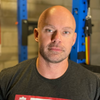Optimizing Strength and Conditioning for Wrestlers
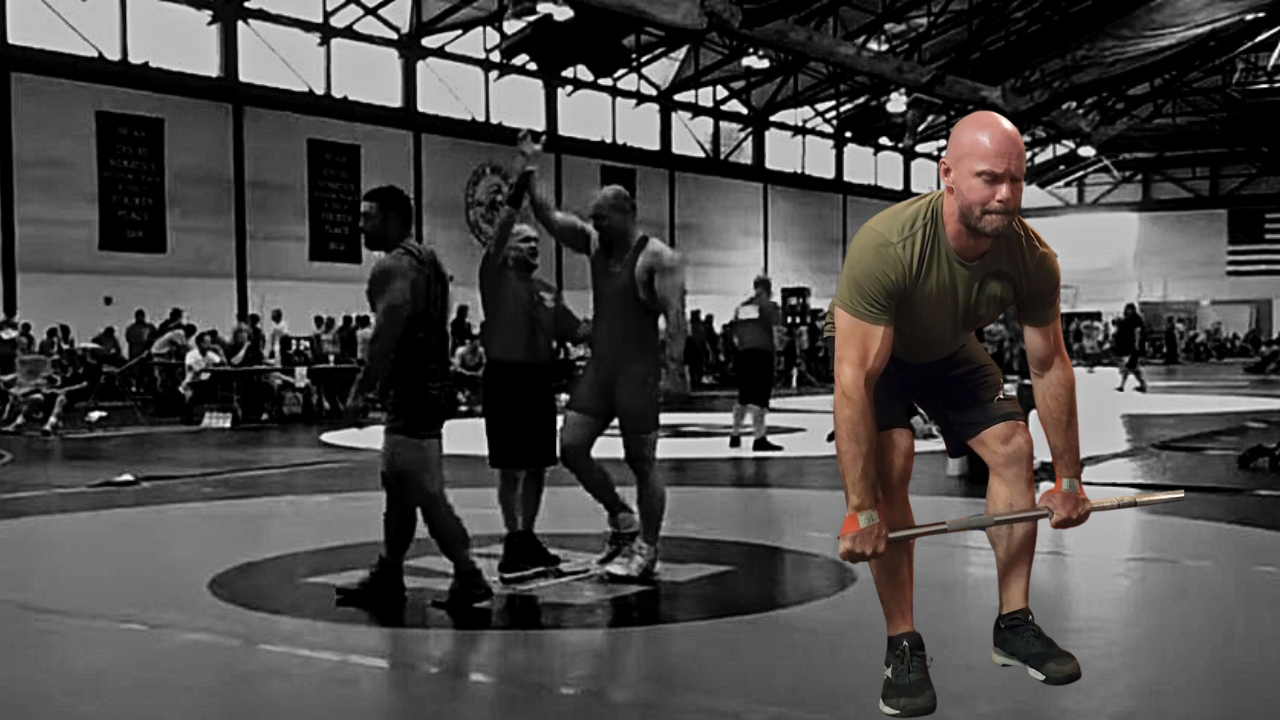
As a wrestling coach, designing a strength and conditioning program for wrestlers is no easy task. The sport demands a unique combination of metabolic and mechanical capabilities, and wrestlers need to excel in all areas to achieve elite performance levels. But fear not, there's a shortcut to success: CrossFit.
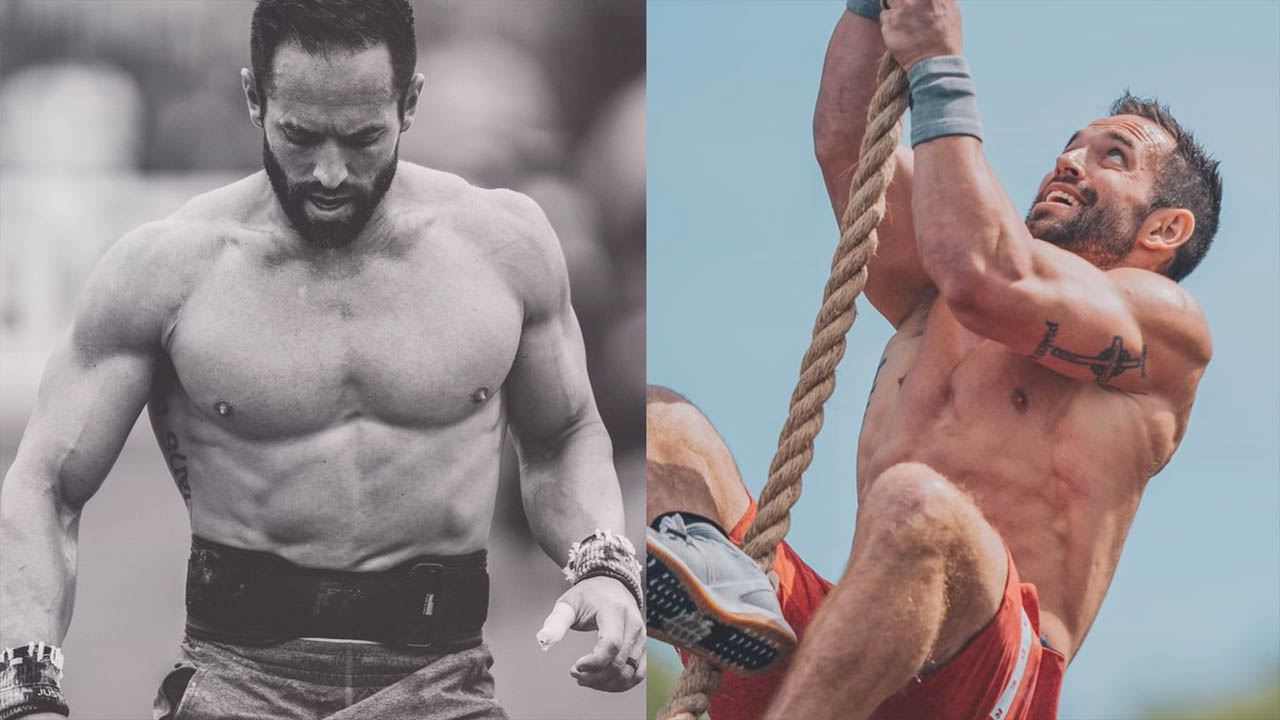
I know some of you who have never competed in the sport of CrossFit will laugh at his idea, but give me a second to defend my claim. The core idea Greg Glassman (the creator of CrossFit) utilized in his programming of workouts was to find the practitioners who were the best at what they do and use there training protocols.
For example, who are the strongest in the world? Powerlifters and Strongman athletes. Find out the movement techniques and volume training variables they use and integrate them into your cross training. Who are the best at moving their own bodyweight? Gymnasts. Find out their training protocols and integrate them into you program. Do this with power (Olympic lifters), speed (track sprinters), long distance endurance (cross country) and so on. This is CrossFit. Blend these training protocols together to build an athlete with no weaknesses.
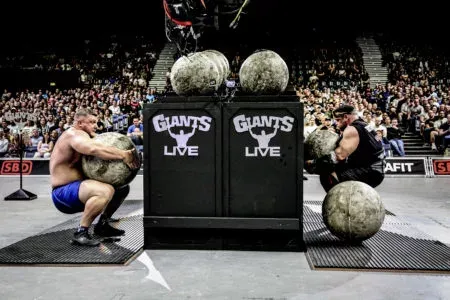
Wrestlers are true hybrids, requiring exceptional strength, speed, endurance, and coordination.
They need to master four key categories: strength, skills, engine, and mindset, and any deficiency in these areas can cost them wins on the mat. So how can you effectively train wrestlers to excel in all these aspects? Look no further than the wealth of data and insights that the CrossFit community has generously shared over the years. They have tested the maximum capabilities with a wide range of events and workouts every year since 2007. This large pool of data can be found on sites like Beyondthewhiteboard.com.

CrossFit athletes and wrestlers share a common need - they both have to be able to do it all. Both require high levels of performance across all energy systems, including phosphagen, glycolytic, and aerobic. Both demand speed, strength, and endurance, as well as mastery of universal motor recruitment patterns and sport-specific movement patterns. Thankfully, CrossFit has provided a near-perfect hierarchy of movements that greatly benefits wrestlers.
These movements are empirically proven to be the best for developing skill and strength in the fundamental mechanics of the human body.
The human body can essentially only do a handful of things: push, pull, lift, squat, run, and sit up. Thus, one of the goals of strength and conditioning is to train each joint through a full range of motion while under load. Here's a prioritized list of training movements from CrossFit: push-ups, pull-ups, sit-ups, toe-to-bar, lunges, box jumps, running, squat, front squat, overhead squat, bench, deadlift, shoulder press, clean, jerk, and snatch. Additionally, I've found the "cardio machines" that CrossFit recommends - fan bike, rower, ski erg, and assault runner - to be incredibly effective in enhancing wrestlers' conditioning.
What sets CrossFit apart is how it has standardized these movements into circuits called "metcons," or metabolic conditioners. Thousands of elite athletes worldwide have performed these standard metcons and reported their scores (games.crossfit.com and beyondthewhiteboard.com), providing a valuable benchmark for wrestlers to gauge their own performance levels and tournament readiness. For example, if you expect to compete against the best, you need to complete the legendary "Helen" workout in 8 minutes or less. If you can't, it's a clear sign that your conditioning or skill levels are lacking. By mastering workouts like "Helen," wrestlers can see remarkable improvements on the mat. And there are countless other tests that can be used to grade wrestlers' abilities in various categories.
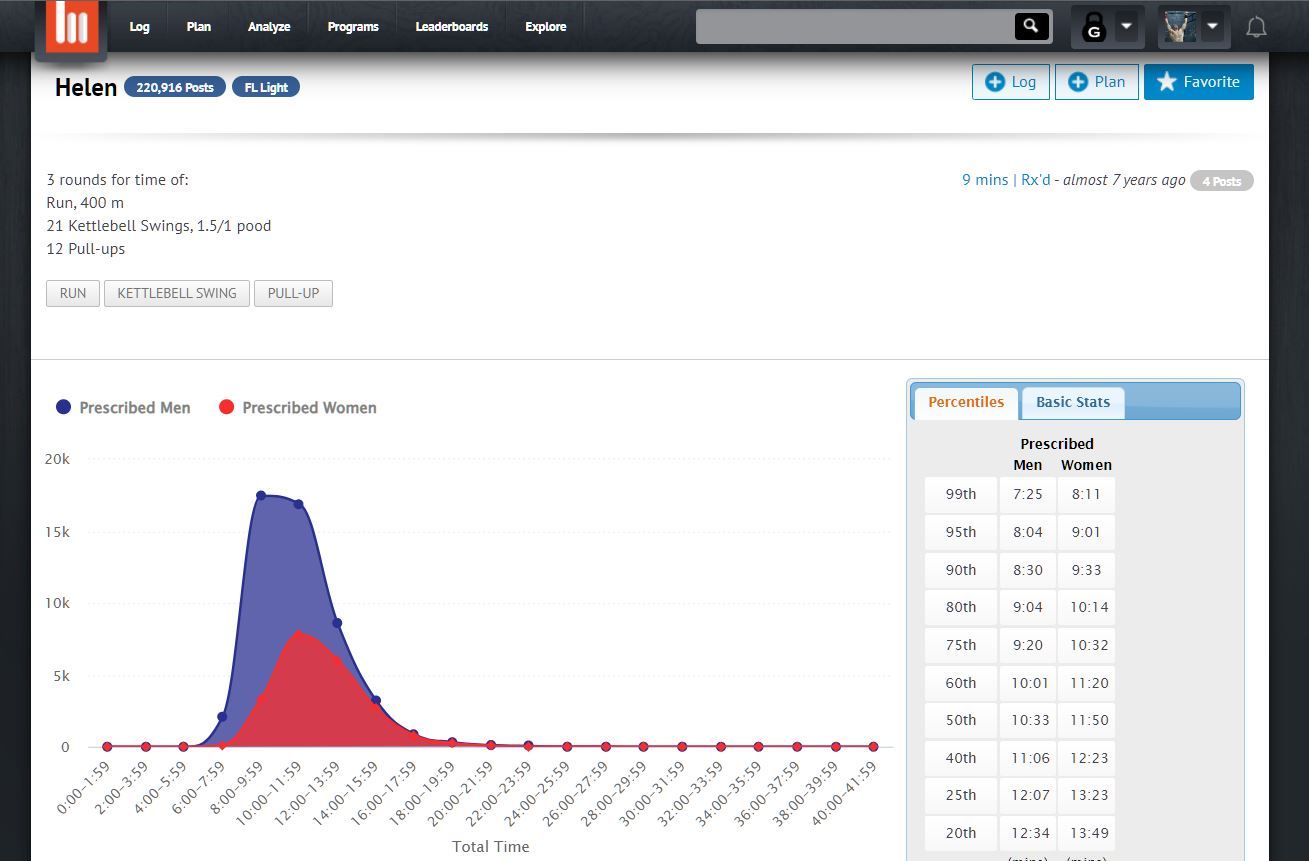
In the dynamic and physically demanding sport of wrestling, CrossFit's emphasis on average power output, as demonstrated by their timed events like ARMAPs (as many reps as possible), and Rounds For Time (complete the designated number of rounds as fast as possible), is of critical importance for optimal performance during a live 6-minute match. Wrestling matches are intense, high-energy bouts that require wrestlers to exert maximum effort, continuously for extended periods of time. By focusing on average power output, CrossFit training helps wrestlers develop the ability to sustain high levels of power and intensity throughout the entire match, without experiencing significant drop-offs in performance. This is crucial for wrestlers as it allows them to maintain their strength, speed, and endurance, all of which are essential for executing takedowns, escapes, and other wrestling techniques with precision and effectiveness. A higher average power output also translates to better conditioning and improved ability to recover quickly between rounds or matches, giving wrestlers a competitive edge on the mat. CrossFit's emphasis on average power output ensures that wrestlers are physically prepared to perform at their best for the entire duration of a match, leading to improved wrestling performance and increased chances of victory.
CrossFit has done wrestlers a tremendous favor by providing a proven framework for optimizing skills, strength and conditioning training. By incorporating CrossFit principles into your program, you can ensure that your wrestlers are well-rounded athletes who excel in all aspects of the sport. So why reinvent the wheel? Tap into the wealth of knowledge and experience that CrossFit offers, and watch your wrestlers reach new heights of performance on the mat. Don't waste time on low-value activities - take the shortcut to success.

